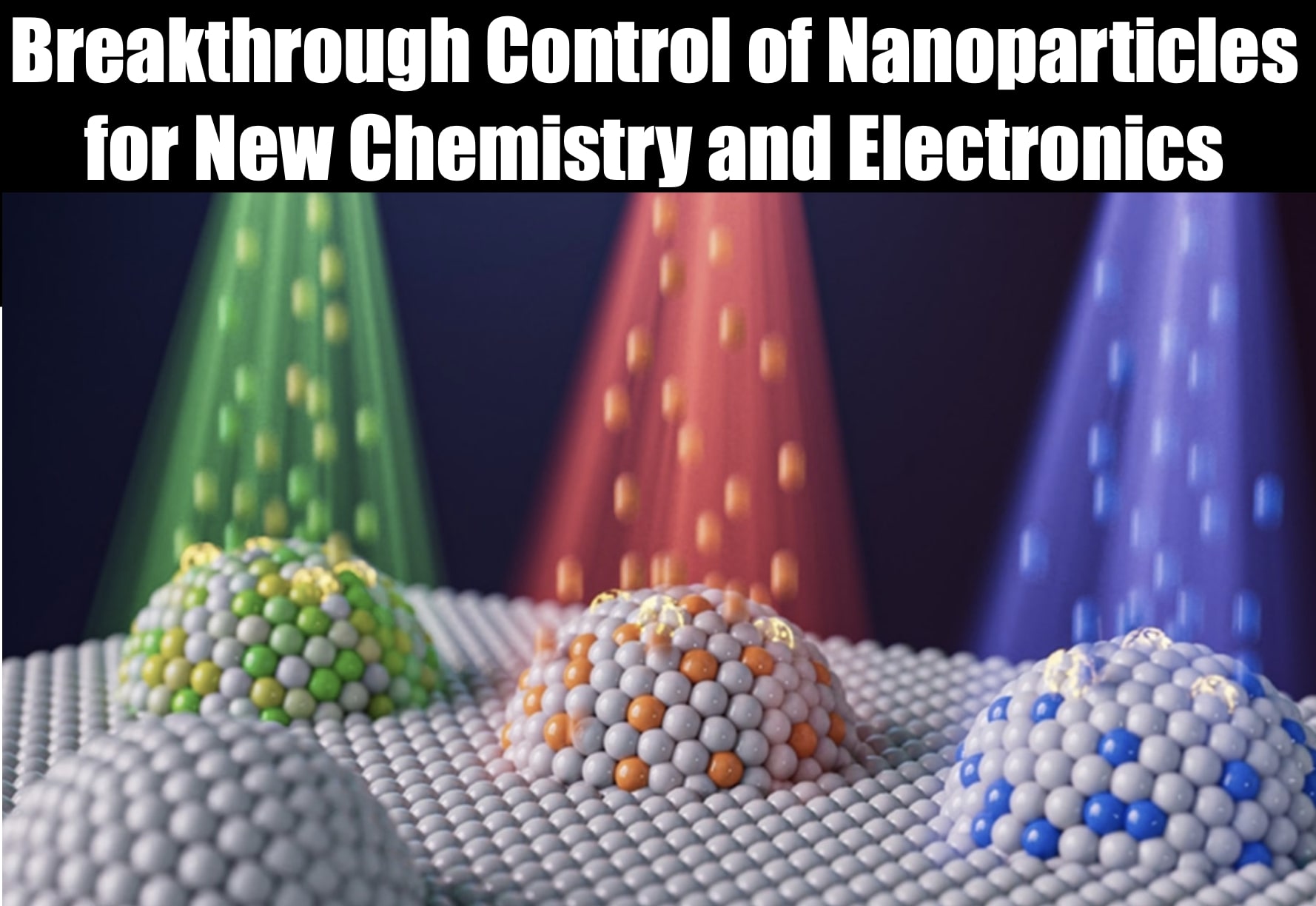Controlling the Size, Composition and Dispersion of Metal Nanoparticles
Nano-engineered oxides are very important for the development of next-generation catalysts and microelectronics. Recently, metal exsolution from oxides has emerged as a promising nano-structuring tool to fabricate nanoparticle-decorated oxides. However, controlling the size, density, composition, and location of exsolved nanoparticles remains a challenge, limiting the ultimate performance achievable by these nanostructures. The following nanoparticle production …










